by Howard Gardner
Howard Gardner responds to a question posed from Korea, from someone interested in best approaches for teaching ethics:
Thank you for your inquiry. You raise the question of the advantages of teaching ethics as a ‘stand alone’ course, as is done in Korea. My own view is that no one is born moral or immoral, ethical or unethical. Our upbringing and our surrounding culture determine how we behave toward others—those whom we know (what I call neighborly morality); toward those with whom we have a work relationship (what I call the ethics of roles). Across cultures and history, morals and ethics have been taught or conveyed in multiple ways: through religion, through stories, through history, through the media, through formal education, and, most importantly, through the individuals with whom one spends time, particularly when we are young. Traditionally parents, grandparents, older siblings, and other relatives have had the most influence; we see how they behave, for what they are praised and rewarded, for what they are shunned and punished, and we decide how we should behave ourselves. In recent times, and particularly in the United States, the examples of peers are very important. When formal schooling began, it often featured a very strong moral and ethical curriculum. Indeed, except for acquiring literacy, learning how to behave toward others—and how not to behave toward others—was the chief curriculum of traditional schooling. And so the ethical curricula featured in Korea, in China, in Scandinavia, and indeed in most countries is probably the norm. And yet, the existence of moral /ethical education scarcely guarantees the emergence of moral/ethical human beings. To take just one recent example: in China, during Mao Zedong’s era, there was plenty of moral education in school. Yet in the Cultural Revolution, young people were extremely destructive, often participating with enthusiasm as their own parents or teachers were ridiculed, punished, even murdered. In my view, the important consideration is not whether there are formal classes in school. Rather, there are two crucial considerations: l) How do the influential persons in the young person’s life behave toward other human beings? 2) Are the messages in the society consistent or inconsistent with one another? When the influential persons behave morally and ethically, and their behaviors are similar to one another, then young people are likely to emerge as moral and ethical human beings. This happens whether or not there is formal schooling. If, on the other hand, the role models are immoral and/or unethical, or the messages across the society (including school) are inconsistent with one another, then it is unlikely that young people will merit the labels ‘moral’ or ‘ethical.’





